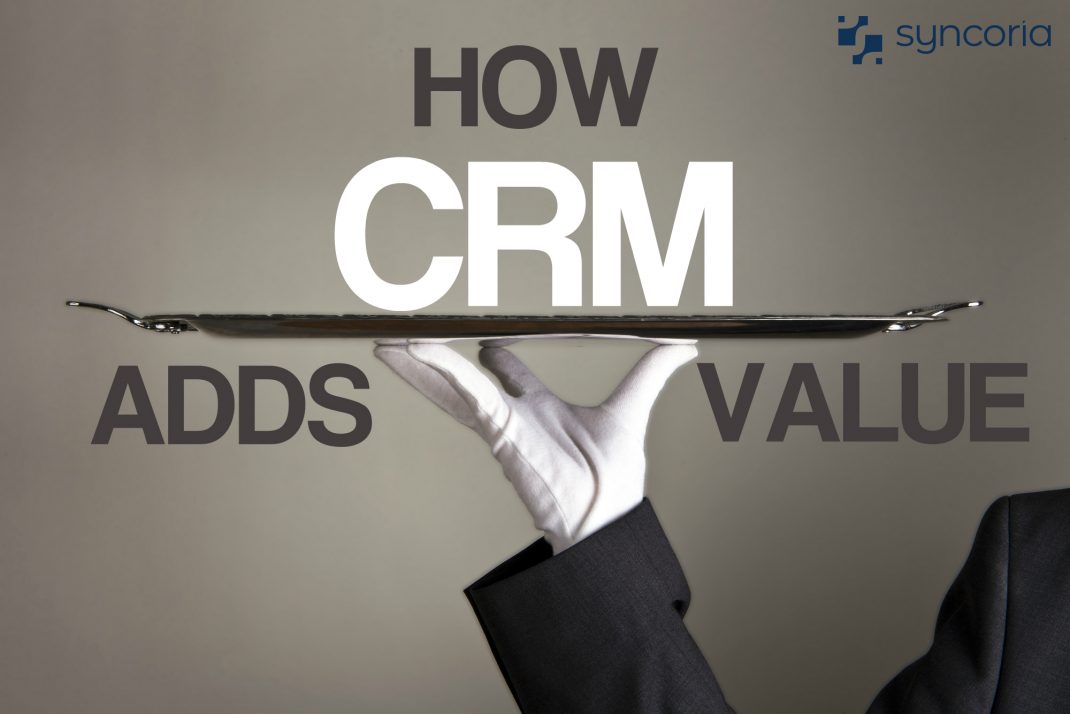Related Articles
WHAT IS CHANNEL MANAGEMENT
The concept of channel management involves the overseeing and direct management of the avenues and methods (channels) associated with reaching and satisfying the needs and wants of the customer, managing the partners who help the business with the distribution process and also managing vendors and third parties who supply some of the critical components that keep your modern business running smoothly.
Thus, the aim of the channel management process is to successfully gain and maintain the cooperation of various organizations by aligning the business’ aims and goals as a whole with the customers’ needs in mind.
IMPORTANCE OF CHANNEL MANAGEMENT
It is critically important for a business to be able to understand the needs and wants of its customers.
A business that does not know the customer is a business that is rigged to fail. The way channel management processes bring the business closer to the customers, partners and vendors fast becomes an indelible advantage that makes the path to growing the business an smooth affair.
One of the primary goals of the channel management process, in its most bare, is the gathering of information from all the parties involved.
It is universally agreed upon that information is indeed valuable and the more information you have, the clearer your ideas to progress become.
Since it brings the customers, partners, and vendors closer to you, a good network is created that ensures smooth sailing for a lengthy stretch of time.
THE STEPS OF CHANNEL MANAGEMENT PROCESS
Channel management in the practical sense is indeed a series of steps and activities whereby an organization or a business defines and and coordinates marketing and sales process.
It is generally accepted that channel management involves these five core steps:-
- Recruitment – The very first step on the path to successful channel management is the recruitment of partners and vendors. This is focused mostly on targeting a group of other businesses as possible partners in the drive to the expansion of market presence. Completion of this step requires that the business compiles a detailed profile defining the characteristics and properties desirable in a business partner and then use this data to target relevant businesses diplomatically, presenting activities that promote the benefits of a prospective partnership. They should also be informed clearly about the business’ visions and aims along with detailed information on relevant products and services. Customers can be recruited through sales and benefits promotion tactics as well as building a reputation of your business among them.
- Conciliation – This channel management process step concerns getting partners signed up and briefed in detail by the company of the path ahead. The partners need to be provided with all relevant information and data in this regard. It also typically involves the signing of contracts relevant to the partner’s competencies and services. Included in this step too are the business planning steps that cover everything from strategies in marketing, sales, technicalities, and specified financial and operational targets. Partner training may also be included so that they are properly equipped to work with the business. As for customers, conciliation is the next evolutionary step after having their attention. It may involve the creation of a collective of customers with whom the business shares goodwill and may be further enticed with promotional activities.
- Engagement – The engagement process process involves the running of marketing, sales and technical operations to keep your current partners well engaged with your business’ objectives. In simple terms, this step is intended to ensure that the partners who have decided to be with you stay with you for the long haul. It is to get them fully engaged every time you launch new products and ventures as keeping partners fully engaged with you over the long term must be a key objective of not only your channel management strategy but also of your business as a whole.
- Enabling – As the title suggests, this step involves imparting the appropriate and adequate training to your partners alongside well thought out marketing and sales programs. It may also involve giving your partners some of the material or human resources that may turn out to be necessary for them to succeed on the path to helping your business grow.
- Management – This final step is all about the practical intricacies of keeping all your partners a part of a well-oiled machine. It involves driving sales productivity and growth by giving partner companies with market development funds, co-op funds, rebates, and sales rewards. Management of partner incentives should always be a key component of any sound partner management strategy.
Each of these steps inevitably have sub-steps and different ways to go about them that will become apparent when you go forward with actual implementation.
Brief elaboration of these five steps fulfills this article’s aims to provide you an idea of what the channel management process is and what it entails.
A channel management program can be improved and augmented by an Unified Channel Management framework that involves automation and opens the steps for the system to be integrated with the state of the art channel programs.
Again, the importance of channel management cannot be understated. It is undeniably extremely crucial for any business that wants to grow and survive in this age.
The universally agreed upon long term strategies for satisfying business growth almost always takes partners into account with the aim to keep them for the long haul.
Valuable and well chosen partnerships can prove to be extremely sound decisions that does wonders for your business and can even completely turn around an ailing business and propel it to new, astronomical heights.
Syncoria is a digital transformation company based in Canada and a recognized Odoo Ready partner.








